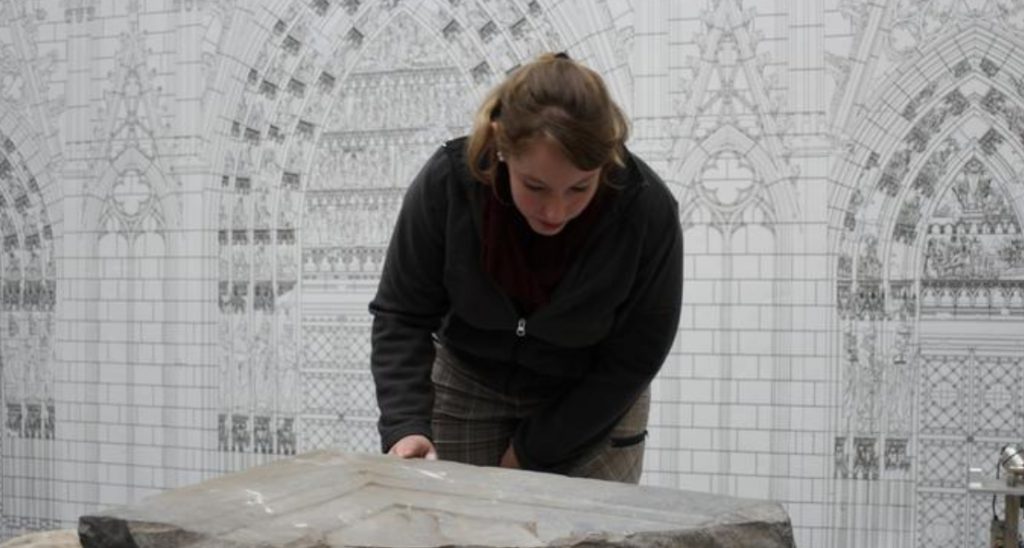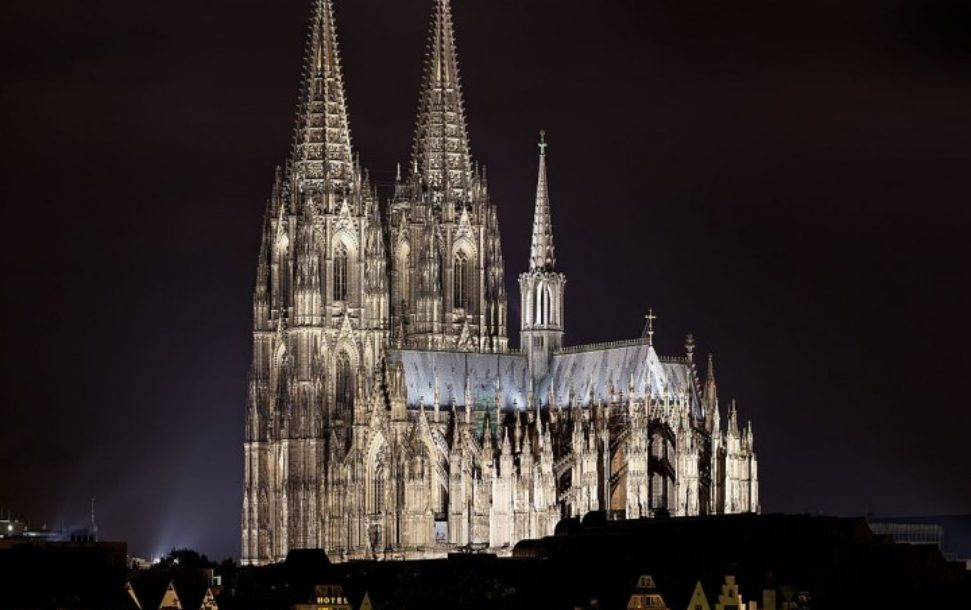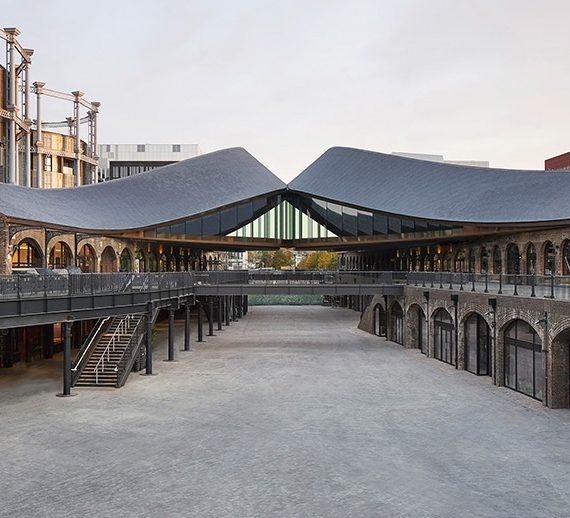Global warming threatens cultural heritage around the world, including the famous Rhenish temple. For this reason, on the European Restoration Day, many eyes are focused on it.
Since 2018, the European Confederation of Restorers’ Associations has organized the “European Day for the Conservation-Restoration of Cultural Assets”. On October 16, some 200 events will take place in Germany, in which restorers will offer an insight into their work on some of the country’s heritage sites.
One of the most important heritage buildings in Germany is located in the North Rhine-Westphalia region. “When the Cologne Cathedral is finished”, says an old proverb, “the world ends”. And it is that the well-known cathedral has never been seen without scaffolding. “And that’s a good thing, because if it were free of construction, it would mean that it has been left to its own devices,” explains the church’s master builder, Peter Füssenich.
Cologne Cathedral has now survived 700 years in defiance of a series of conflicts, including the hail of bombs of World War II. Currently, the famous UNESCO World Heritage Site -since 1996- attracts between six and seven million visitors a year. But the hard work of restoring the cathedral remains a secret for most of them. Today there are about a hundred people who work on its conservation.

One of them is Tanja Pinkale, who is in charge of the stone restoration workshop. She is 32 years old and she spends half of her time in the office studying blueprints and figures, but whenever she can, she climbs the scaffolding to look from above. “It doesn’t get any bigger than this building!” she says.
In Cologne, the Gothic cathedral with its twin towers towers over the great city on the Rhine. Scaffolding clings to the ancient stone façade in several places, including the north side of the cathedral, where the choir chapel is located, which overlooks the busy central station. It is at this point of the church where the largest construction work is located, because it has begun to crumble in part.
“We try to reconstruct all the elements of the cathedral as faithfully as possible, down to the last detail,” says Pinkale, who also comments that the surviving pieces from the Middle Ages and the 19th century serve as a model for the restoration. Currently, the substitute stone for the cathedral comes from Italy, from the town of Montemerlo, near Padua. According to the restorers, it has a suitable color, water absorption and drying properties for the church.
Climate change is harming the cathedral
Not all the dangers of the cathedral come from the stone. For a long time, it was the sulfur in the air that affected the walls and turned them black. That is already a thing of the past. “Although the air is cleaner now,” says a restorer, “the greenery grows faster,” making the cathedral a great biotope, because of the moss, grass, and even small trees.
But Pinkale is more concerned about climate change. “Heavy rains, storms, droughts… The cathedral is not made for such weather!” she says. For this reason, a weather station monitors the changes in weather and winds around this heritage. The measured data is intended for a research project, called “Keres”, which belongs to the Fraunhofer research association. If the wind is too strong, the police close the square in front of the cathedral. If lightning strikes or rocks fall, the restoration team has to intervene.
“Actually, I already know what projects I’m going to be working on in the next 40 years,” Tanja Pinkale quips, as she carefully climbs down from one of the scaffolds.


